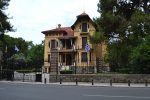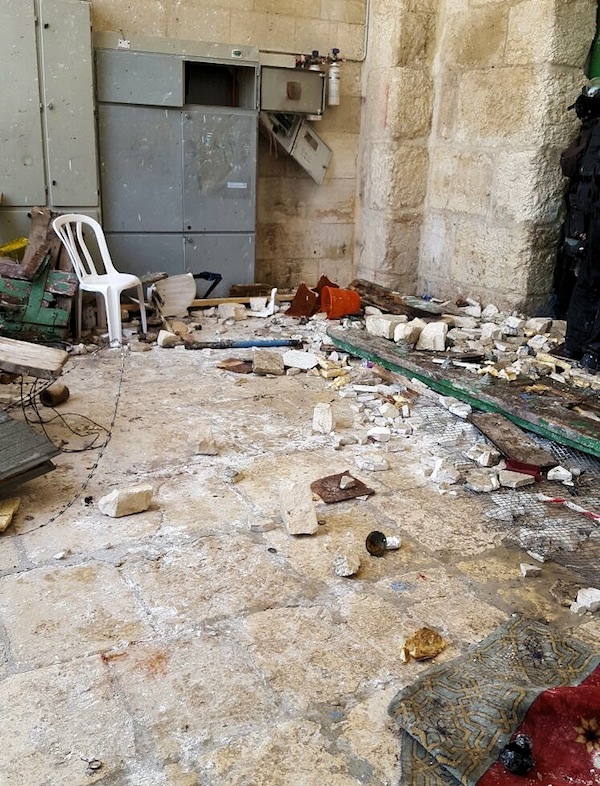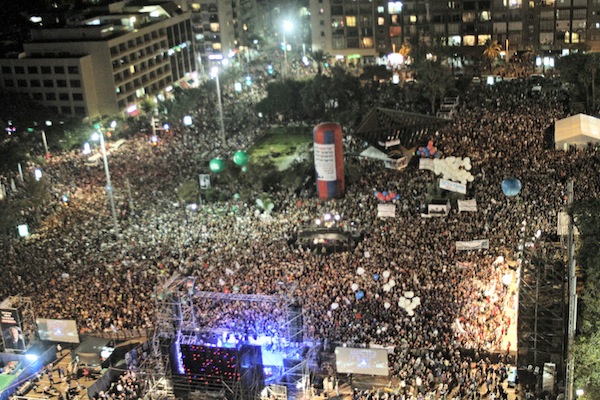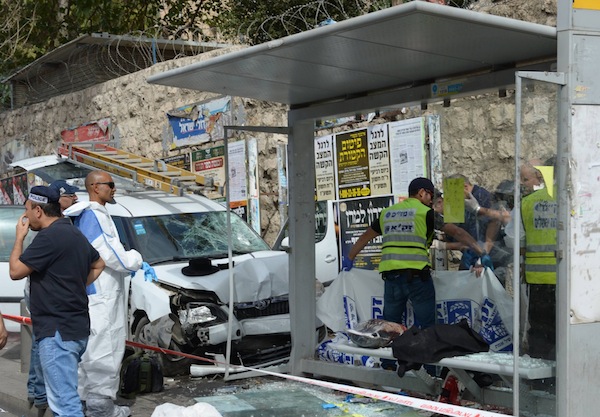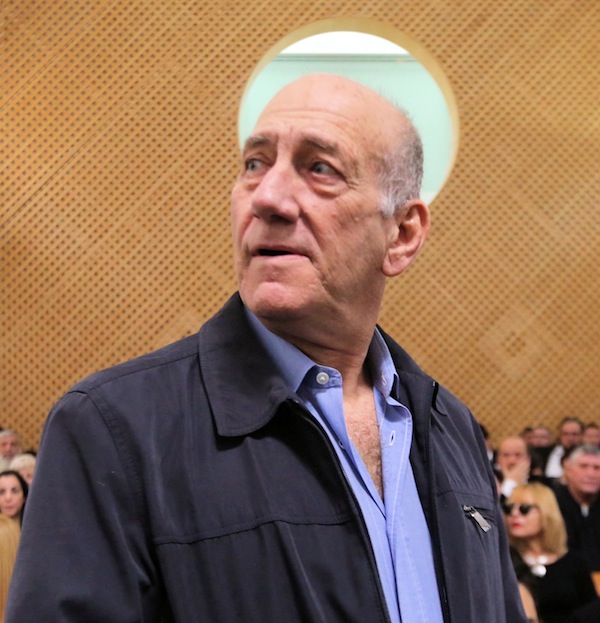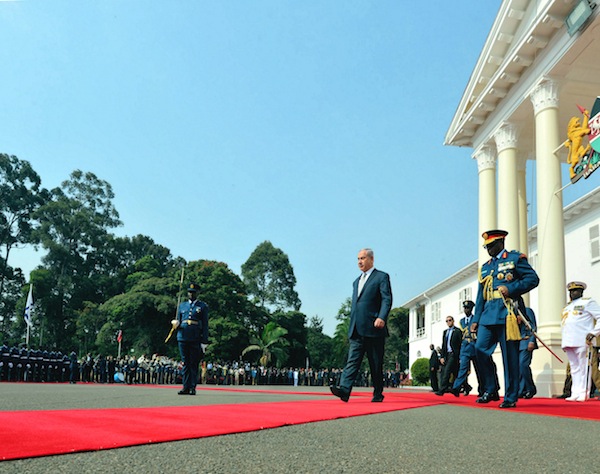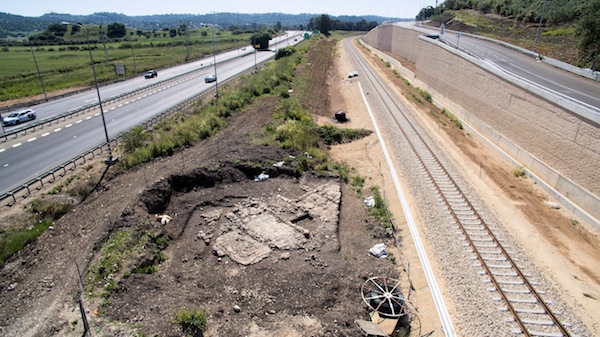The early 20th-century Casa Bianca is today one of the locations of the Municipal Art Gallery of Thessaloniki (Salonika). (photo by Pappasadrian)
When you think Salonika, don’t think old, think ancient. Because of its geographic location on the Via Egnatia trade route, this northern Greek city traces its beginnings to 316 BCE. Even back then, who you knew was key. Thus, the town was named Thessalonike, after Alexander the Great’s sister, the wife of Cassandrus. Over the years, it has been called Thessaloniki, Saloniki or Salonika. (Note: sometimes the “k” is switched to a “c.”)
Jewish Salonika is a small community of about 1,000. But it was not always this way. Trade drew lots of different people to Thessaloniki, including Jews.
The original Jewish residents were Romaniot Jews – they spoke Greek and maintained a Hellenistic culture. In the beginning, Romaniot Jews and non-Jews held the same occupations and language. As a strategic town in the Byzantine Empire, both groups faced invasions. But, by the 1000s, the empire reached a level of stability that permitted flourishing Jewish scholarship. During this early phase of the Middle Ages, Jews from other areas, such as Anatolia, Germany and Hungary, settled in Salonika. In the late 1300s, more Jews arrived, this time from Provence, Northern Italy, Sicily and Catalonia.
What followed will sound familiar. Religious affiliation defined the Jewish Salonikan way of life: the Romaniotes had their synagogue, the Ashkenazim had theirs and the Jews from Italy and France had theirs. The situation intensified when Salonika received the many Jews that Spain and Portugal expelled. Back then, there was no worry about space and growth, as the Ottoman takeover had depleted the city’s population, but the influx of Sephardim was so great that, by the end of the 16th century, Romanite ritual was no longer practised. Ladino or Judeo-Español became the Jewish community’s language of choice.
For more than four centuries, half of Salonika’s population was Jewish, pinning it with the title, “Mother of Israel,” or “Madre d’Israel.” With so many Jews, it was not uncommon for the non-Jews of Salonika to be conversant in Ladino.
Not only that, but, as the Renaissance had influenced many of the Sephardi arrivals, Jewish Salonika received a significant secular and religious boost. The city became famous for its Jewish silk producers, weavers and wool dyers. Libraries, an influential talmudic academy, a printing press and a conservatory for Jewish religious singing all started during this golden period.
By the 1600s, the corrupt and inept Ottomans had started milking the merchant class. When, in 1636, Judah Kovo, the chief of the Salonika delegates, came to Murad IV to pay the annual “clothes tax,” the sultan capriciously ordered his execution. No Jew was well enough “connected” to stay the order. Unfortunately, at the same time, key foreign markets dried up. Having the means to escape, many wealthy Jewish merchants left. Other Salonikan Jews tried to escape troubles by following in the footsteps of a false messiah, Shabbetai Zvi.
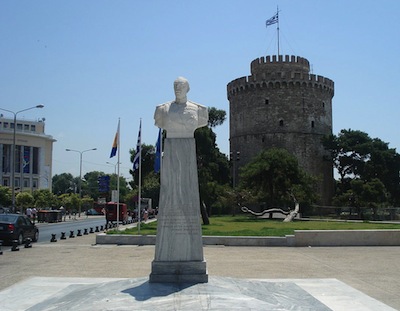
The Ottoman Empire was in decline by the 17th century. Nonetheless, in the late 1800s and early 1900s, Salonika’s well-to-do Jewish residents managed to open flour mills, brick factories, breweries, soap-works and silkworm nurseries, carpet and shoe-making factories and several large tobacco workshops. Most of the Jewish population, however, remained poor. Considerable philanthropy within the community eased some of the daily hardships and provided education for many of the male children.
During this period, Jewish economic, social and political pursuits varied: on the one hand, some influential Jews continued in commerce and banking; on the other hand, some Jews became heavily involved in socialism. (The Workers’ Union, for example, was started in 1909 by a group of Salonika Jews. It became the most important socialist organization in the Ottoman Empire.) The railroad and port were important factors. Amazingly enough, until 1923, the city’s port closed on Shabbat and Jewish holidays.
The social balance started to shift in the intervening years of the First and Second World Wars. The national government passed laws aimed at hellenizing the city. Slowly, the Jews – numbering 61,439 in a 1912 Greek census – became segregated (the horrendous 1917 fire probably abetted this process) and reduced many to second-class citizens by virtue of their not speaking the Greek language. Some antisemitic activities occurred, leading to a pogrom that drove many Jews to leave. (See the 2015 essay “Mother of Israel” by Dr. Lena Molho at greece-is.com/mother-of-israel.)
When the Nazis arrived, they herded Jews into a ghetto, then to Auschwitz. While the courageous actions of Archbishop Damaskinos Papandreou (and the Athens police chief) saved thousands of Greek Jews, the Nazis killed 96% of Salonika’s Jews.
The killing was not enough for the Nazis, however. They also destroyed Salonika’s 2,000-year-old Jewish cemetery. Headstones ended up as pavement, urinals, driveways and even a dance floor. More damage – both physical and emotional – was sanctioned by the Greeks themselves. The university was built right on top of the cemetery. Even today, there is still no campus memorial to the massacred Jews.
Interestingly, individual Jewish Salonikans might well tell you their families came from Spain – as if this migration happened only recently. (See Bea Lefkowicz’s PhD thesis, published in 1999 by the London School of Economics.) At least among the older generation, this seems to be part of their personal narrative.
Today’s Jewish community is tightly run. A council provides numerous services to its members. Rabbi Eliyahu Shitrit, an Israeli with Moroccan roots, has been the community’s spiritual leader for several years now.
Central Salonika has the feel of a port town like Haifa, but with its own unique history. Some of its Jewish-related buildings from the 19th and 20th centuries still stand. Even if you don’t believe in ghosts, there is something eerie about today’s Jewish Salonika. But visitors will also see how grand and vital this place once was. Walk around and you will see sites specifically related to the Nazi occupation of the city, but also the Baron de Hirsch Hospital, the Villa Allatini and Allatini Flour Mill, Villa Bianca, Villa Modiano, Villa Mordoh, the White Tower, the market synagogue, Yad l’Zikaron and the Museum of Jewish Presence in Thessaloniki.
Deborah Rubin Fields is an Israel-based features writer. She is also the author of Take a Peek Inside: A Child’s Guide to Radiology Exams, published in English, Hebrew and Arabic.

